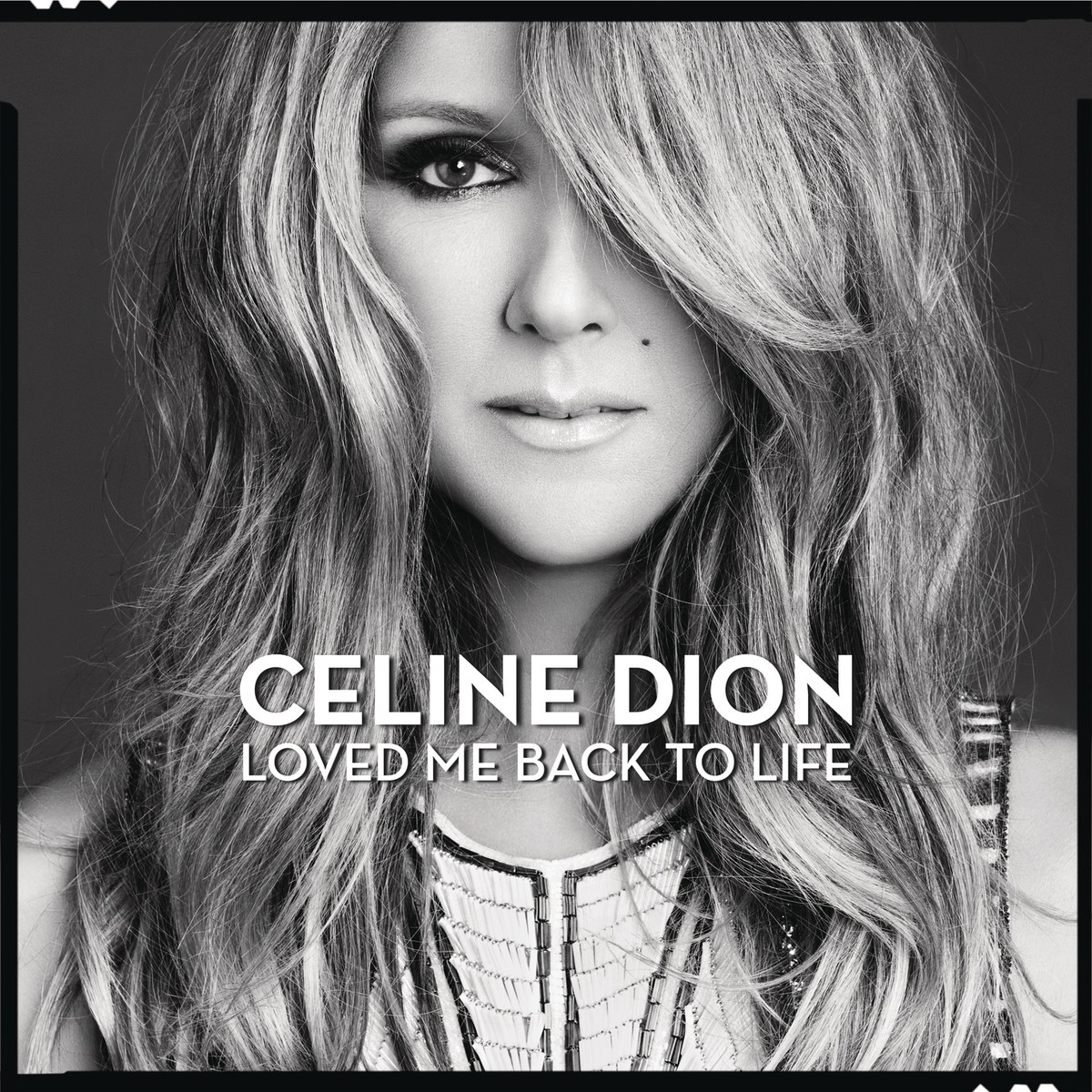Walter A and Babyface produced. I engineered on 7 songs.
Check out the review in Nylon Magazine. I mixed this first single and one other song off this record. This guy is so good..
Mixed the debut EP of Canadian band The Past. Check it out!
Uploaded by Adrian Bradford on 2013-11-19.
First off, I want to post this video. Last week I got to work on a really fun project with some great friends, and on some great music. The video above is a clip from the 2013 Covenant Awards which were aired on CTS and can be viewed in its entirety on Crossroads360. I mixed the live show, but what I was really excited about was post.. We decided this year to multitrack the show so I could mix the broadcast version as well. This band is called City Harmonic; I had never heard of them before but they were really really good! Also I think this clip shows off the amazing video work of Dan Stewart and Geoff Laforet. Looks more like a live concert DVD than a telecast... maybe they need to hire colours&shapes..
Because we already had Avid Venue consoles for the show, we decided the easiest way to record would be to get a Pro Tools HD rig and record off the console. We had 2 HD cards which allows up to 128 tracks to be recorded, although we didn't need that many.
The event took place at the Crossroads TV studio. They do live and recorded multi cam shoots all the time. We needed to make sure the audio would stay in sync with the picture once I was finished mixing, so we decided to use house timecode. They use "blackburst", which we don't use in audio land, and so the CTS engineers brought out a device which can convert the studio's timecode to 48k word clock which Pro Tools can use.
It ended up being a jumble of cables by the time we got it all hooked up.
Here's a shot from the control room. You can see what the camera is seeing. CTS's director John Luscombe tells each camera operator where to go and what to shoot, and tells a switcher in real time which camera to cut to and how quickly; this is called a line cut. If something is live to tape or live to air, this is what goes out over the air. For this show, we wanted the ability to do some effects in post and tighten things up a bit, so similar to what we did by multi-track recording the audio, they iso recorded camera feed so that DOP/creative director/not-sure-what-to-call-him-for-this Dan Stewart and editor Geoff Laforet can make changes after the fact.
Immediately after the show was recorded, I went to CTS's studio B to mix "on" their SSL. When I say "on", I mean literally - I put my laptop on top of their $200,000 console (it felt very wrong!) Seems crazy, but the SSL C100 (while a perfect console for television) is a digital console so I wouldn't be gaining much by using it for this, and I have their EQ and dynamics algorithms as plugins anyway on my laptop. So, this ended up being a completely in-the-box mix, and I relied heavily on UAD plugins such as the new API channel strip and their new Pultics and 1176s. It was tricky figuring out levels for television, but with the help of Dale (CTS audio engineer) we worked it out. It was a marathon mixing 13 songs in 1.2 days, but it got done.
Dan and Geoff did some amazing video work in post, with Brian Worster doing lighting for the show, Anthony Diehl doing the live video/projector mapping, and Gordie Cochrane and Melissa McEachern putting it all together.
Just finished work on an album for Amiena, entitled "Real". It's the second project we have done together. I've put a quick compilation together of some of my favourite parts. Most of the songs were written by Amiena, Diana Pops, and myself. We recorded a bunch of behind-the-scenes footage (I will get it to you ASAP, Amiena, I promise!!) -- I'll try to post that online. Thanks again to the fabulous Diana Pops for her involvement on this, as well as to my good friend Jordan Jackiew and my brother Julian for their across-the-country remote Skype tracking session that we did. And of course to the inimitable Alok Verma for his mad Tabla skills. Amiena is always on the road (well, in the air, to be more precise) performing all over the world.
Amiena - Real
I've been looking over my site, and have realized that most of the posts have been about projects that I have finished, and have been released. I've been wondering lately whether or not that is actually of any interest to anybody. It also comes across as a bit narcissistic. Yes, there are things that I am proud of, and feel tremendously grateful to have been a part of, and the reality of this business is that it requires a bit of self promotion.. "Hey! Check this guy out! He did so and so! We should call him for our project!" But as I read the blogs of non-music people (especially tech people), I'm intrigued by the experimentation, the innovation, the ideas -- the account of the progress, not just the completion. The idea of picking up a hobby that allows this sort of experimentation has crossed my mind. Taking a remote control quad copter and turning it into a drone. Re-learning basic coding to develop home automation systems. Even just getting back into chess. But then I remembered what it was like for me in the early days of music, before I realized it could be a job, or that there were limits to what you did, or standard operating procedures. It was, in fact, just as experimental, innovative, and creative as anything in the tech world. There are so many things you can do with music, sound, technology, that we often just don't, because it isn't strictly necessary. But when did producing music become about necessity? Over the last few months, I've been slowly reincorporating some of the things that made me fall in love with music production in the first place. Experimenting with ACTUAL programming, meaning using technology to create sounds that did not exist before. Or using "found sounds" to create subtle shifting organic textures that sometimes are more felt than heard. I remember years ago spending ages trying to sample a music box in a particular way so I could get a sound I was searching for for a Diana Pops song. Or showing up with my friend to a cafe with our computers, synths, and an electric violin to play experimental electronic music, much of which we were creating in real time.
I'm working with an artist right now (who for the moment shall remain anonymous) who's only mandate is to make the best record she has ever made. You might be surprised to know that this is quite a refreshing objective. We are experimenting with sounds, parts, textures, instruments, and it is a LOT of fun. Music technology has come a long way in allowing one the freedom to do these sorts of things. I'm not sure whether the results of this experimentation will be immediately obvious to the listener, but if not, I expect it to at least have a subtle psychological effect.
Instead of simply listing my completed projects in this space, I intend to document some of the things we are doing as they are in progress. Some of it will have to be redacted, or anonymized, as commercial projects often have to be kept under wraps until they are ready for their unveiling, but with artists' permission I will do what I can to let my readers in on the process. There are really cool things happening in music right now, and I feel very fortunate to have a part in it.
Anyway. Here's a pointless picture of some gear.
I recently had the great pleasure of working with Walter A, and Paul Anka and his team on two songs on his upcoming "Duets" album (Sony). "I Think I'm In Love" is a great classic pop mid-tempo, and I got to do programming on. Second song was "This Is It". Walter asked me to come in to check out a song he had been working on. I didn't really know much about the project, but when I turned up and played it, it was chilling. There was the iconic unmistakable voice of Michael Jackson. Turns out Paul and Michael had written the song years ago. There were some complications, but the net result was the discovery of a reel and some DATs that contained a version of Michael singing, ableit mixed in with the original Piano, which I believe was played by Paul. Not to click. We wanted to make a new production of the song, while being faithful to the spirit of the original. A modulation was added. I programmed new drums and some keys parts on it, and recorded guitar with the masterful Tim Pierce. After bringing the session in to Capitol, we discovered that there was yet another recording of the song, with orchestra and some old backup vocals. But these again were in the wrong tempo. What I ended up doing, was taking everything together (our new production, the original Paul Anka demo, plus the reel with the orchestra) and bringing them into Ableton Live, which I had just recently purchased. In fact, I think this was the very first project I did in Live. In any case, Live is really amazing for this in that it allowed me to sync the different "tape" versions of the project with our new production, keeping all of the elements of each "tape" version together, and you can choose which method of time stretching/compression works best on each type of instrument. Using Live, we were able to bring in all the tracks from each version of the song and have them play perfectly together, without hearing any artifacts, so that Paul and Al Schmitt could pick from any of it during mixdown. The sessions then went to Michael Thompson (a legend as well, who works regularly with Paul), and finally back to Al Schmitt at Capitol for the mix. Make sure you check it out when the album is released April 9.
**Update - Apr 3 -- Sometimes the music business can be a real bummer. Today was one of those times. The credits for this project were released on allmusic.com, and much to my dismay, I didn't see my name up (actually none of the musicians names were up, either). I'm not sure why. I'm going to reach out to a few people and see what we can dig out. Sometimes allmusic doesn't faithfully list everything that's in the liner notes. Other times the label omits a name.. sadly it has happened to me before (perhaps not on a project I cared about this much!).
** Update Apr 4 -- Just heard back from Paul's production coordinator. He is checking with the record company to see if it needs to be changed on the next pressing. Going to see if we know anyone at allmusic who can get the correction done.
** Update Apr 5 -- still nothing back about this, but I know the reality is that these things can take forever to happen. In the meantime, I've been thinking of editing together the videos I took of working on this project. I thought the Ableton Live stuff would be interesting, so I did a screen capture and a little video of me explaining the process. Hopefully I will get some time to do so.


















